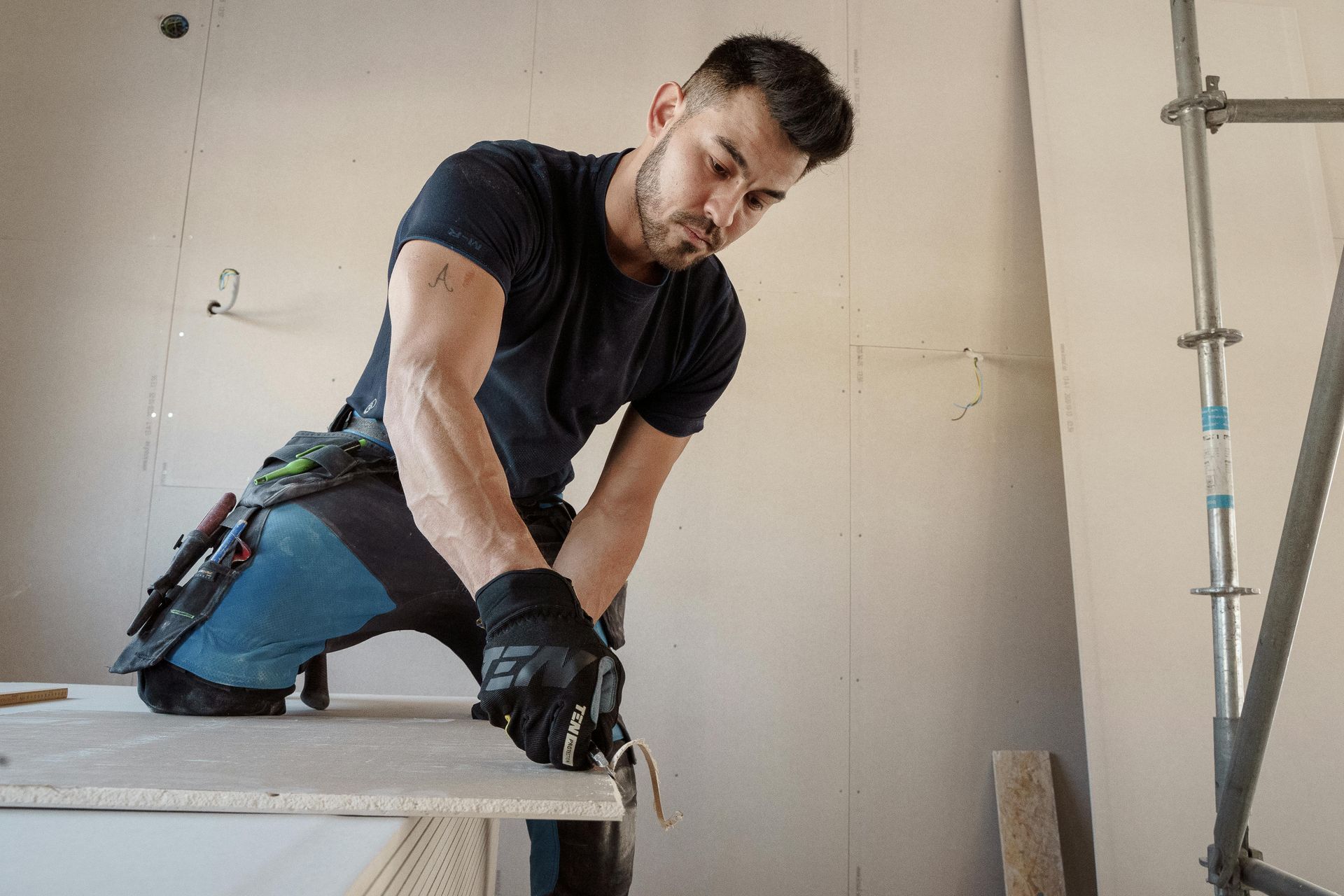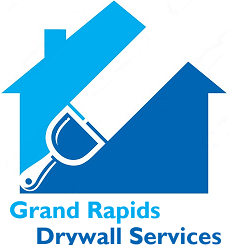Tools of the trade
The Essential Guide to Drywall Tools: Hanging, Finishing, and Repairing

Drywall is a staple in modern construction and renovation, providing a smooth, paintable surface for walls and ceilings. Whether you're a seasoned contractor or a DIY enthusiast, having the right tools for hanging, finishing, and repairing drywall is crucial for achieving a professional result. This guide will explore the various types of drywall tools available, their uses, and tips for choosing the right ones for your projects.
Hanging Tools
1. Drywall Lifter
A drywall lifter is a fantastic tool for those working with large sheets of drywall, especially on ceilings. This hydraulic or mechanical device supports the drywall while you secure it to the framing. Using a lifter reduces strain on your back and arms and allows for precise positioning, ensuring that the sheets are flush against the joists.
2. Drywall T Square
A T square is essential for measuring and marking drywall sheets accurately. This tool ensures straight cuts and helps you align your drywall pieces correctly. When hanging drywall, having accurate measurements is vital, and a T square makes this task easier.
3. Drywall Screw Gun
A drywall screw gun is specially designed for driving screws into drywall. It features a depth-sensing nose that ensures screws are set to the correct depth without breaking the paper surface. This tool is more efficient than a regular drill, allowing for quicker installation.
4. Utility Knife
A sharp utility knife is a must-have for scoring and cutting drywall sheets. A quality knife with a retractable blade allows for precise cuts and is easy to handle. When cutting drywall, it’s important to use a fresh blade to avoid jagged edges.
5. Drywall Saw
For cutting out holes for outlets, switches, or pipes, a drywall saw is essential. This handheld tool has a serrated edge, making it easy to cut through drywall without damaging the surrounding areas. It’s perfect for more intricate cuts that a utility knife may not handle well.
Finishing Tools
1. Drywall Taping Knife
A drywall taping knife is an essential tool for applying joint compound (mud) over the seams of drywall sheets. These knives come in various sizes, with wider blades being useful for covering larger areas and narrower blades for precision work. The right taping knife helps you achieve a smooth, even finish.
2. Mud Pan
A mud pan holds joint compound and provides a convenient surface for loading your taping knife. A good-quality mud pan is usually made from metal or plastic and should have a lip for easy scraping. This tool helps minimize mess while working.
3. Corner Trowel
A corner trowel is designed for finishing inside corners. Its unique shape allows you to apply joint compound smoothly into tight spaces, ensuring that the corners look clean and professional. Using a corner trowel reduces the risk of creating bumps or uneven surfaces.
4. Sanding Sponge or Block
Once your joint compound is dry, it’s time to sand the surface for a smooth finish. A sanding sponge or block is perfect for this job, as it allows for easy maneuverability in tight spaces. Opt for a finer grit for a smooth finish, and be sure to wear a mask to avoid inhaling dust.
5. Pole Sander
For larger areas, a pole sander is an efficient tool. This tool allows you to sand high walls and ceilings without needing a ladder. With a long handle and a flat sanding surface, it makes quick work of smoothing out any imperfections in the drywall.
Repair Tools
1. Patch Kit
For small holes and dents in drywall, a patch kit is an essential tool. These kits typically include adhesive patches, joint compound, and sometimes even a putty knife. They’re perfect for quick fixes and can save you time and effort in repairing minor damage.
2. Spackling Knife
Similar to a taping knife but smaller, a spackling knife is used for filling small holes and imperfections in drywall. Its smaller size allows for more precision, making it ideal for touch-ups and minor repairs.
3. Wallboard Saw
For larger repairs, a wallboard saw can cut out damaged sections of drywall. This tool is useful for making clean cuts when removing damaged drywall and can also be used to fit new pieces into place seamlessly.
4. Drill/Driver
A drill or driver is essential for any drywall repair work. This tool allows you to easily remove damaged screws and install new ones when replacing drywall sections. Choose a cordless model for added convenience and mobility.
5. Drywall Repair Clips
For larger holes or damage, drywall repair clips can be invaluable. These clips provide support for new drywall patches, ensuring that the repair is secure and stable. They are especially helpful for patching holes that are larger than a fist.
Tips for Choosing the Right Tools
- Quality Matters: Investing in high-quality tools can save you time and frustration in the long run. Cheaper tools may wear out quickly and require frequent replacement.
- Consider Ergonomics: Look for tools that are comfortable to hold and use. Ergonomic designs can reduce fatigue during long projects.
- Read Reviews: Before purchasing any tools, take time to read reviews from other users. Their experiences can help you make informed choices.
- Learn from the Pros: If you’re new to drywall work, consider taking a class or watching online tutorials. Understanding how to use each tool correctly will improve your results.
Conclusion
Having the right tools for hanging, finishing, and repairing drywall can make a significant difference in the quality of your work. Whether you’re tackling a small home project or a large renovation, investing in essential drywall tools will not only streamline the process but also ensure a professional finish. With the right equipment and some practice, you'll be well on your way to mastering drywall installation and repair. Happy renovating from Grand Rapids Drywall Services!










